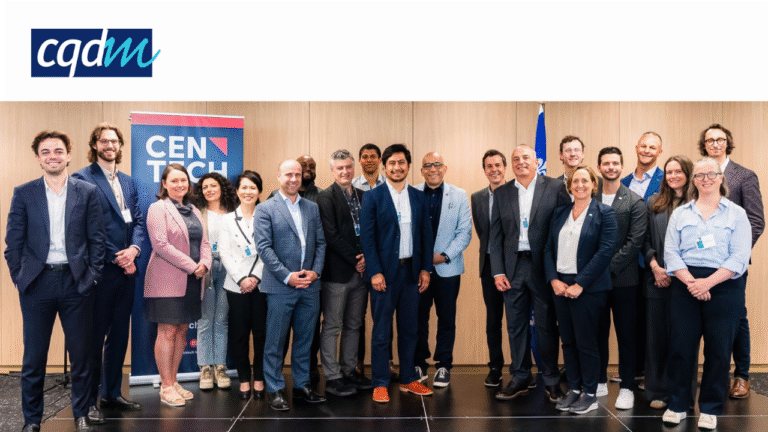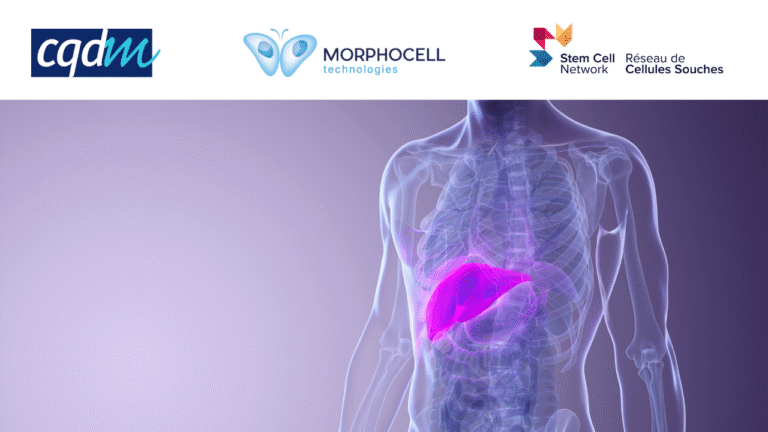Principal Investigator:
Nicolas Pilon / Université du Québec à Montréal – UQAM
Co-Investigators :
Lekha Sleno / Université du Québec à Montréal –
UQAM
Project of $1 500 000 over 3 years
Supported by CQDM through :
Ministère de l’Économie, de l’Innovation et de
l’Énergie du Québec (MEIE)
And by co-funding partners:
Neurenati
The project in details :
Challenge: Hirschsprung disease (HSCR) is a deadly
congenital malformation where the enteric nervous system (ENS) is missing from
the colon. Because the ENS controls gastrointestinal motility, the ENS-devoid
segment remains constantly contracted, resulting in obstruction by fecal
material (megacolon). The ENS also controls other gastrointestinal functions,
explaining why children with HSCR have high risk [MR1] of developing
fatal systemic infection by gut-resident microbes. Current treatment consists
of painful surgical removal of the ENS-devoid segment followed by re-connection
of innervated colon to the anus. Unfortunately, many children have
post-surgical complications like stool leakage and life-threatening
inflammation, often leading to hospital re-admission and repeat surgery.
Solution
: Based on recently published results by Prof.
Pilon’s team, a non-surgical regenerative medicine approach might now be
possible for children with HSCR. Specifically, they found that a protein called
GDNF can induce the formation of a new ENS in the colon of three HSCR mouse
models. The induced ENS significantly improves gastrointestinal functions,
delaying death of many of these HSCR mice. New data now show that a small
molecule normally produced by gut-resident microbes as well as another neurotrophic
factor can both enhance the effect of GDNF treatment, not only on the ENS but
also on other components of the gastrointestinal ecosystem. Moreover, via a
collaboration with the team of Prof. Sleno, they found that specific proteins
and metabolites present in the colon wall could serve as biomarkers predictive
of a positive response to GDNF treatment.
Expected
Achievements /Impacts : – This
collaborative research project with a Quebec company, Neurenati, will elucidate
mechanism of action of GDNF and molecules that increase the therapeutical
potential. Also, the research team will define pharmacokinetic properties of
GDNF, which will help to develop an optimal formulation for clinical assays.
This project will be led by a multidisciplinary team that will use a wide array
of new and innovative technologies and approaches. This research will help
propel Quebec as a leader in the field of rare disease research.




